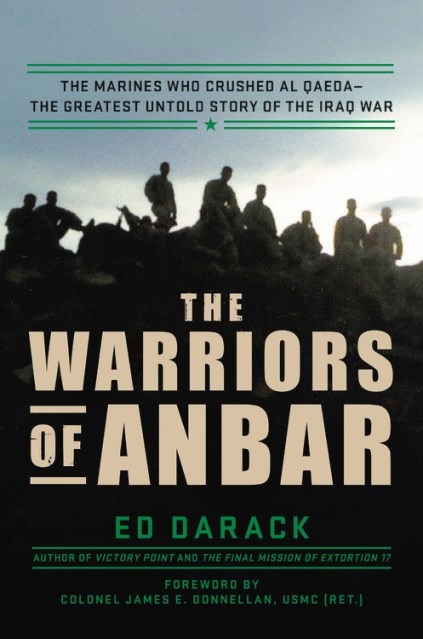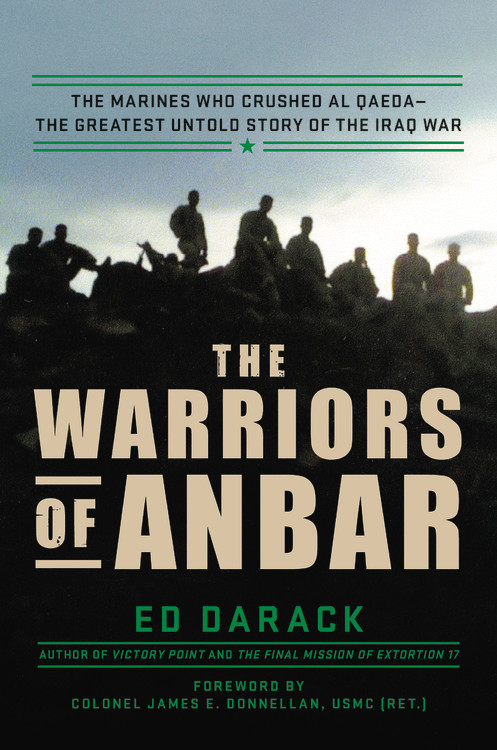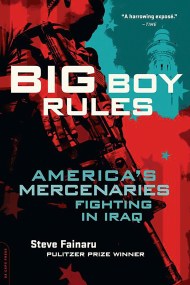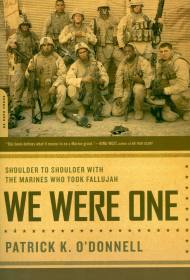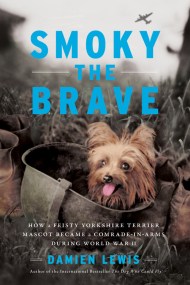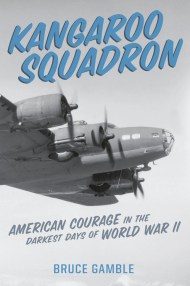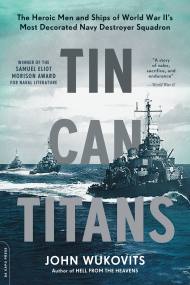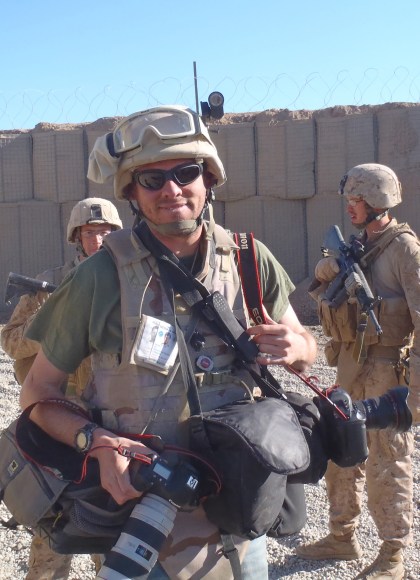Promotion
Use code BEST25 for 25% off storewide. Make sure to order by 11:59am, 12/12 for holiday delivery!
By clicking “Accept,” you agree to the use of cookies and similar technologies on your device as set forth in our Cookie Policy and our Privacy Policy. Please note that certain cookies are essential for this website to function properly and do not require user consent to be deployed.
The Warriors of Anbar
The Marines Who Crushed Al Qaeda--the Greatest Untold Story of the Iraq War
Contributors
By Ed Darack
Foreword by Colonel James E. Donnellan, USMC (Ret.)
Formats and Prices
- On Sale
- Nov 5, 2019
- Page Count
- 256 pages
- Publisher
- Da Capo
- ISBN-13
- 9780306922657
Price
$36.00Price
$47.00 CADFormat
Format:
- Hardcover $36.00 $47.00 CAD
- ebook $14.99 $18.99 CAD
- Audiobook Download (Unabridged)
This item is a preorder. Your payment method will be charged immediately, and the product is expected to ship on or around November 5, 2019. This date is subject to change due to shipping delays beyond our control.
Buy from Other Retailers:
-
"Darack succeeds in putting together a coherent military history of a crucial conflict with al-Qaeda, passing along important lessons learned....Students of military history and military servicemembers looking for lessons in asymmetrical warfare will find this account illuminating and informative."Publishers Weekly
-
"The Warriors of Anbar is a classic story of perseverance, deceit, frustration, ambition, loss and the search for meaning. By laying bare the tough truths, Ed Darack details how it really was in Iraq. Every time the battalion was hit, someone found a way to strike back. These thousand Marines refused to quit or to strike out in blind anger. Even when some at the top failed, the battalion improvised, absorbed punishment, adapted from beatings and hammered forward by unexpected means. This is a classic story of grit, loss and redemption."Bing West, former assistant secretary of defense, and an award-winning, New York Times bestselling author
-
"Ed Darack earned the right to tell this riveting tale the hard way, by embedding with the Marines. The Warriors of Anbar puts you right in the middle of one of the toughest, bloodiest and most vicious fights of the Iraq war."Sean Naylor, New York Times bestselling author of Relentless Strike and award-winning reporter for Foreign Policy
-
"The Warriors of Anbar is one of those intimate stories that is often lost when the sacrifices of the military are overshadowed by bad decisions and politics. Ed Darack skillfully reports the story of everyday Marines trying to complete an impossible mission."Kevin Maurer, award-winning journalist and the bestselling co-author of No Easy Day
-
"From his two previous books, Victory Point to The Final Mission of Extortion 17, Ed Darack has emerged as one the best, and most meticulous, reporters about the military in the country. Anything he writes is a must read."R.M. Schneiderman, former deputy editor of Newsweek
-
"One of the U.S. Marine Corps' finest-yet largely untold-stories.... A very human story of 'bravery, sacrifice, incredible hardship, horror, and ultimate victory.'"Kirkus Reviews
-
"The 2nd Battalion of the 3rd Marine Regiment deployed to an area of Al Anbar province called the Haditha Triad in September 2006 amid a surge in violence by the terrorist group Al Qaeda in Iraq (AQI). Their mission was to defeat the terrorists and rebuild civil government with a functioning native police force capable of defending the population so normal life and commerce could resume. Darack... is a longtime embedded journalist with firsthand knowledge of the counterinsurgency campaign (COIN) in Haditha at this time, who also interviewed dozens of the battalion's officers and enlisted members. He has nothing but the highest praise for these Marines and their professionalism, humanity, empathy, efficiency, and willingness to sacrifice for the civilians of Haditha to achieve what he describes as a decisive victory over AQI. His account is a well-written, keenly detailed success story and a significant tribute to the Marines who risked their lives, including the 23 fallen and the hundreds who were wounded in action, to bring peace and stability to the Haditha Triad."Booklist
-
"The Warriors of Anbar is a story of unmatched bravery and sacrifices and horrors which led to America's victory against AQI...This informed account of America's recent military history is meticulously researched and beautifully written. Ed Darack is veritably a superb military historian...The Warriors of Anbar is as engrossing as a war novel can be, although it is a true and scholarly story. Both students and experts of war on terror will find it full of new insights and perspectives."TheWashington Book Review
Newsletter Signup
By clicking ‘Sign Up,’ I acknowledge that I have read and agree to Hachette Book Group’s Privacy Policy and Terms of Use
